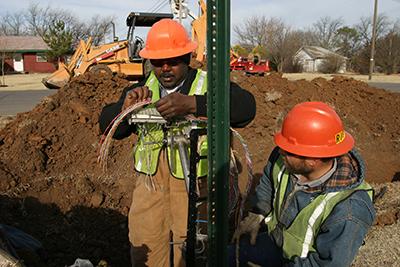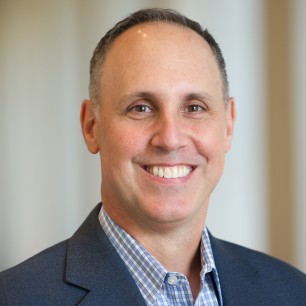
Advocacy Issue
Universal Service
Perhaps no policy concern is more important to the deployment and sustainability of advanced communications networks in rural America than universal service. In rural areas where distance, density, and topography create unique challenges, NTCA members employ an essential mix of strong community commitment, entrepreneurial spirit, access to capital, and ongoing support through federal universal service programs to advance and sustain broadband in their communities.
Broadband Built to Last
What is the Universal Service Fund?
The idea that all Americans should have reliable access to communications services at a reasonable cost has been a national objective for more than a century. Today, the federal Universal Service Fund (USF) helps rural consumers connect to services comparable in price and quality to those in urban areas, making services more affordable for low-income families, and supports critical connections for schools, libraries, and healthcare facilities in rural communities.
The USF is critical to getting and keeping rural consumers connected to high quality, affordable services.
Why is Universal Service Support Important?
Promoting a predictable and sufficient federal USF is a top policy priority for NTCA, our members, and the communities they serve. Without USF support, it is difficult to make a business case to invest in many rural areas, to sustain networks once they are built, or to keep service rates affordable.
According to an October 2023 survey of 60 NTCA members across 27 states, the loss of USF support would be catastrophic for rural consumers:
- On average, rural consumers could have to pay an additional $100 or more per month for 100 Mbps broadband. And nearly 110,000 rural customers served by these companies alone would lose out on better broadband over the next year.
A provider can neither obtain loans nor justify the use of its own capital for network construction if USF support is unavailable, insufficient or unreliable in assisting with the recovery of costs. Even where grants might be provided, they often do not cover the full cost of deploying a network in a high-cost rural area, and they offer no help at all with the ongoing efforts to deliver and maintain services at reasonable rates.
The 60 companies surveyed would have to cancel over $290 million in planned broadband construction in 2024 – roughly 83% of their planned investment. And another $243 million in deployments in 2025, or 86% of their plans for that year.
How is the USF funded?
USF is paid for by contributions from certain service providers based on an assessment of interstate and international telecommunications service and telecommunications revenues. However, as traditional telecommunications services such as landline phones decline, the assessment on the remaining consumers of those services increases, resulting in a disproportionate and regressive burden on those consumers. And often those consumers are not the most significant users of services or underlying networks supported by the USF. Some of the largest and most profitable internet-based enterprises depend upon rural broadband networks for delivery of video streaming content and other applications, but they do not contribute to recovery of the costs of deploying and operating these underlying networks.
To achieve and sustain core statutory and related public policy objectives related to universal service, it is essential that policymakers act to ensure that contribution responsibility is shared reasonably and equitably among all users of the underlying networks that universal service seeks to promote, as well as all those that use and benefit from broadband networks help to recover the costs of deploying and operating them.
How to address contribution reform?
In the 118th Congress, three bipartisan contribution reform bills have been introduced. The first, the Reforming Broadband Connectivity Act, S. 975 (Senators Klobuchar, Thune, Hickenlooper, Moran) and H.R. 1812 (Reps. Neguse, Fletcher, Craig, Rogers, Grothman, Galllagher) would direct the FCC to reform the USF contribution system within one year by expanding the contribution base, while considering the relative fairness of proposed reforms. The second bill, the FAIR Contributions Act, S. 856 (Senators Wicker, Lujan, Young, Kelly) would direct the FCC to study the current and projected data transmission demands on rural broadband networks and the costs to rural broadband providers for transmitting data. The third bill, the Lowering Broadband Costs For Consumers Act, S.3321 (Senators Mullin, Kelly, Crapo) would direct the FCC to reform the USF contribution system so that broadband providers and edge providers contribute to the system.
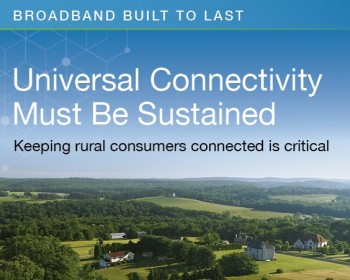
What is the 'Broadband Built to Last' campaign?
The 'Broadband Built to Last' advocacy campaign looks to engage small, community-based broadband providers, their employees and communities, policymakers, and industry leaders in conversations on the importance of the Universal Service Fund (USF) to getting and keeping rural consumers connected to high quality, affordable services. Download and use the shareable graphics and messages on social media and in customer newsletters below.
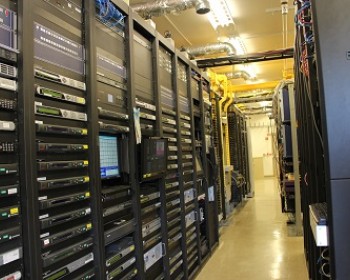
NTCA Raises Concern About Effects of USF Contribution Forbearance in Net Neutrality Proceeding
NTCA met with staff to FCC Chairwoman Jessica Rosenworcel to raise concerns about potential forbearance by the commission from universal service contribution obligations in the context of its net neutrality rulemaking. NTCA asserted that the commission would be on sounder legal footing and would advance the public interest as a practical and policy matter if it were instead to waive such an obligation pending a further notice of proposed rulemaking to consider how and whether to reform universal service contributions.
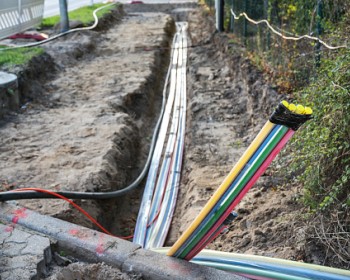
NTCA Reply Comments Address Verification of USF Buildout Obligations
In reply comments to the FCC, NTCA pointed to support in the record for tying verification of High-Cost Universal Service Fund (USF) buildout obligations to the Broadband Serviceable Location Fabric only after it is a more stable data set. NTCA also urged the FCC to reject a proposal that would reward the Rural Digital Opportunity Fund (RDOF) awardees for risky auction tactics they now regret.
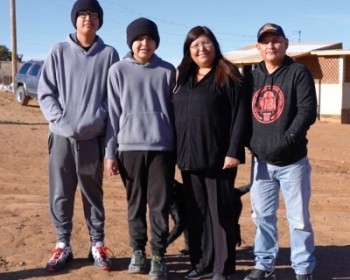
Smart Rural Community Spotlight: Ya-Ta-Hey, New Mexico
The Navajo Nation encompasses more than 27,000 square miles, an area larger than the state of West Virginia. Sacred Wind’s service territory alone, which services portions of 22 Navajo chapters and represents just 15 percent of Navajo land, is twice the size of the state of Delaware. Like many rural communities across the United States, the Navajo Nation has limited telecommunications resources. In fact, more than half of all Navajo chapters lack any access to broadband.

